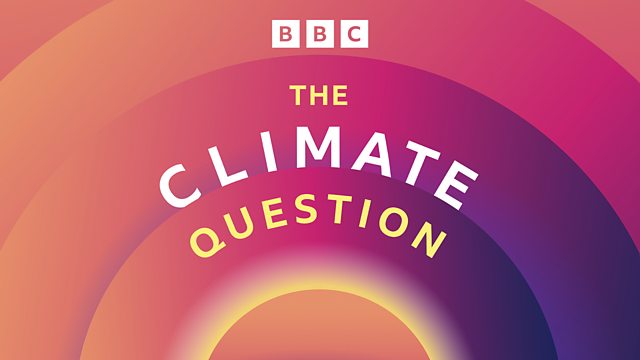Does climate change have an ‘image problem’?
The images we most associate with climate change – like polar bears and glaciers – are out of date. How can we develop a new and more effective visual language for climate?
Images are a key part of communicating climate change, and shape how we understand the crisis unfolding around us. But while lots of research has been done into the language we use to talk about climate, images are often left out of the conversation.
As a result, over time, a limited set of images have come to dominate how we think of climate change – like polar bears and melting glaciers - which haven’t kept up with the changing conversation about the crisis. All too often, these images tend to be abstract, removed from our daily lives and typically don’t feature people - when we know that climate change is happening all around us, all the time, and is very much a story with people and communities at its core.
So how can we develop a new, and more effective visual language for climate change? What kind of images ‘work’ to both convey the urgency of the crisis as well as inspire behavioural change? And what are some of the ways in which photographers are seeking to represent the crisis in a way that transforms apathy into action?
First broadcast – 27 December 2021
Guests:
Cristina Mittermeier, photographer and conservationist
Arati Kumar-Rao, National Geographic Explorer and photographer
Toby Smith, Programme Lead at Climate Visuals
Saffron O’Neill, University of Exeter
Presenter: Neal Razzell
Series Producer: Alex Lewis
Producer: Zoe Gelber
Researcher: Lizzie Frisby
Production Coordinator: Siobhan Reed & Helena Warwick-Cross
Last on
Broadcasts
- Mon 12 Sep 2022 01:32GMT³ÉÈË¿ìÊÖ World Service
- Mon 12 Sep 2022 08:06GMT³ÉÈË¿ìÊÖ World Service
- Mon 12 Sep 2022 12:32GMT³ÉÈË¿ìÊÖ World Service East and Southern Africa, South Asia, West and Central Africa & East Asia only
- Mon 12 Sep 2022 19:06GMT³ÉÈË¿ìÊÖ World Service except East and Southern Africa & West and Central Africa
Podcast
-
![]()
The Climate Question
Why we find it so hard to save our own planet, and how we might change that.


